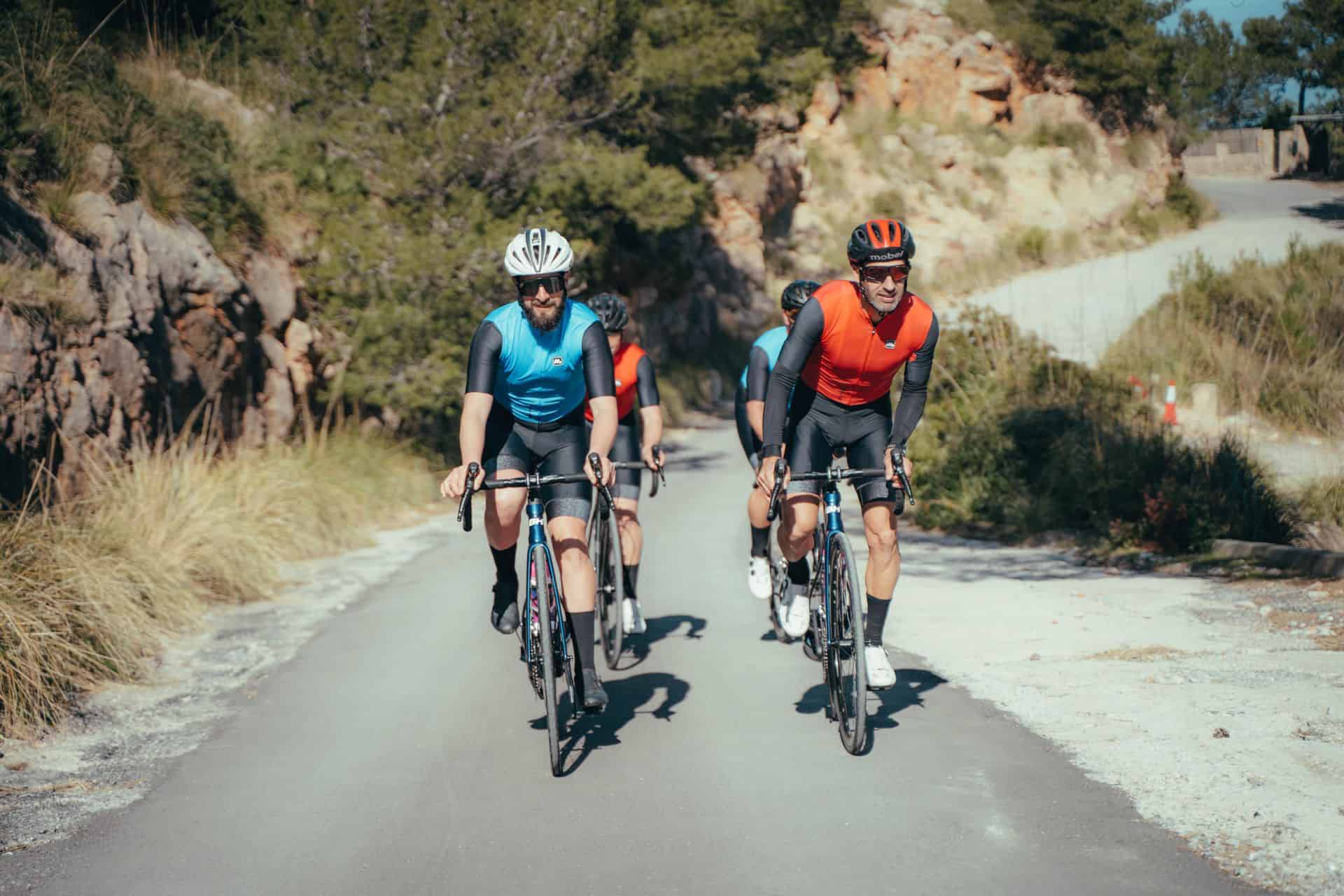Understanding the Physiology of Hot Weather Exercise
When participating in any form of physical exercise, it is important to understand how our body response. The same goes for when you are undertaking cycling adventure in hot weather. During exercise, the body’s temperature naturally rises and in hot weather, this temperature increase can be more significant. Therefore, one should be careful to avoid heat-related disorders. This emphasizes the necessity of not just staying hydrated, but also identifying the symptoms related to heat exhaustion and heat stroke. Common symptoms include dizziness, confusion, nausea, and a quick pulse.
Hydration Tactics for Hot Weather Cycling
Hydration might not be the only solution that can fix heat related symptoms during hot weather cycling. Cyclists/cyclists should drink fluids containing electrolytes like salt and potassium to replenish both water and vital minerals lost via sweating. Electrolyte beverages, coconut water, and watermelon juice are all good options for replenishing fluids and electrolytes. Furthermore, having a hydration pack or bottles loaded with sports drink might provide convenient access to fluids while on the road.
Electrolyte Replenishment: Balancing Sodium Losses
Sodium is crucial, particularly those riding in hot conditions, because it helps maintain fluid balance and muscular performance. While salt loss from perspiration varies greatly between individuals, it is critical to replenish these electrolytes to avoid dehydration and sustain performance. In addition to food sources such as pretzels and cheese sticks, one may choose to incorporate electrolyte pills or salt tablets into their hydration plan, especially during lengthy rides or races.
Carbohydrate Optimization: Fueling Endurance Cycling
Carbohydrates are the principal fuel source for endurance sports such as cycling, giving the energy required to maintain performance over extended distances. Increased sweating and greater core body temperatures in hot weather can have an impact on the body’s glucose metabolism. To sustain energy levels, it is critical to focus on carbohydrate loading prior to the ride and fuelling during the workout. Portable, quickly digestible carbohydrate sources, including as energy gels, chews, and bars, are ideal for on-the-go fuelling for hot weather rides.
Post-Ride Recovery: Replenishing Fluids and Nutrients
Recovery starts as soon as the ride ends, therefore nutrition is very important for maximizing recovery. In addition to rehydrating with electrolyte-containing drinks, cyclists should emphasize eating a balanced post-ride meal or snack high in carbohydrates and protein. This helps to replace glycogen stores, repair injured muscle tissue, and promotes overall recovery. Smoothies packed with fruits, leafy greens, protein powder, and electrolyte-rich coconut water are fantastic post-ride nutrition options, offering a quick and delicious way to refuel and hydrate.
Nutritional Supplements: Enhancing Performance and Recovery
While natural foods should always be the cornerstone of a cyclist’s diet, certain nutritional supplements can help to fill out a well-balanced diet. In addition to electrolyte supplements, cyclists may want to try various ergogenic aids including caffeine, beta-alanine, and nitrate-rich beetroot juice to improve performance. To ensure safety and effectiveness, supplementing should be approached with caution and in consultation with a sports nutritionist or other healthcare expert.
Caloric Expenditure in Hot Conditions: Meeting Energy Demands
Cycling in hot conditions can considerably increase calorie expenditure. As a result, cyclists must carefully monitor their calorie intake to ensure that they fulfill their higher energy demands. While your hunger may be subdued in hot weather, it’s critical to prioritize consuming enough calories from nutrient-dense foods. Snacks like trail mix, Greek yogurt with fruit, and energy bars can be a quick supply of calories and nutrition for cyclists on the go.
Optimizing Performance in Hot Weather Cycling
Cycling in hot weather provides unique challenges and considerations for cyclists. However, with good planning and preparation, one can enjoy the ride safely. Cyclists can improve their performance and survive in the heat by focusing hydration, electrolyte replenishment, carbohydrate optimization, and post-ride recovery.
Incorporating these methods into your hot weather cycling regimen will keep you hydrated, nourished, and robust. It will allow you to perform at your peak and enjoy the ride safely. With proper planning and preparation, you can conquer even the hottest of conditions and make the most of your cycling adventures. So, gear up, stay hydrated, and pedal on!

